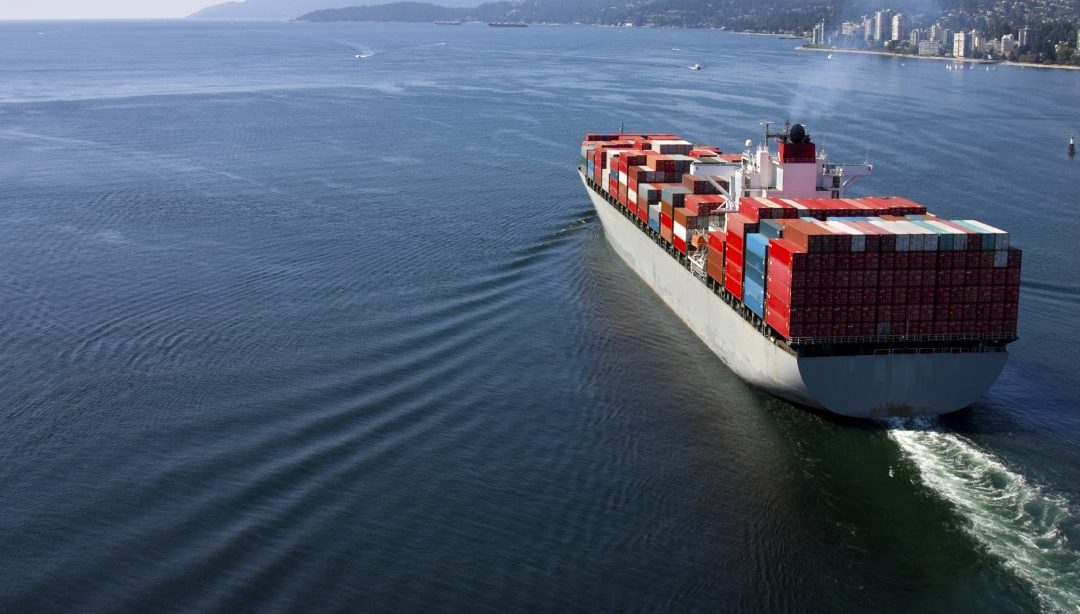After a period of relative stability spanning five decades, the industry finds itself grappling with a new reality. A maturing Chinese giant, the rise of regional trade blocs, and the growing significance of short-sea shipping are all reshaping the global maritime landscape.
Speaking in a DNV’s Market Views videocast, renowned maritime economist Dr Martin Stopford, author of the influential Maritime Economics book, painted a picture of a maritime industry navigating a significant turning point.
Stopford envisioned a future where the focus shifts away from colossal vessels conquering vast distances. Instead, he anticipates a surge in short-sea shipping, offering the adaptability and speed crucial for regional integration and just-in-time delivery.
“which really means you can do just-in-time, you do for the delivery of containers what Amazon has done for the delivery of packages, which is extreme convenience – if we can do even a fraction of that…” This shift would be driven by advancements in information technology, mirroring the innovations that power Uber’s ride-hailing service.
“Places like the North Sea become new areas of trade. I also think Asian countries would benefit enormously from networks of fast, integrated small electric ships operating with the same sort of information technology makes it possible for Uber to book a cab for you sitting right outside the restaurant you’re in. This wouldn’t have happened 10 years ago.”
Fragmented strength
The seemingly fragmented nature of the shipping industry, traditionally viewed as a weakness, could be its saving grace in this new era. “One of the things that shipping is very adaptable and quite eccentric about is company size. Of the 26,000 shipping companies, about 13,000 of them own only one ship, but they are genuine ship owners. That’s not a weakness, it’s a strength,” Stopford said.
He highlighted the potential of small, one-ship companies wielding mobiles and staffed with tech-savvy operators.
Stopford observed, “and who’s to say that one man with a smartphone and a couple of good assistants can’t run a small fleet of ships very tightly, especially if it’s someone who’s really got their finger on the technology.”
These nimble players, by virtue of their size and close relationships with cargo owners, could effectively compete with larger corporations. Their ability to adapt quickly and exploit niche opportunities could position them well in a dynamic market.
“A lot of the important decisions are to do with the ability of one person to connect with another person, out of which comes some sort of transport deal, and then particular ship owners’ ability to connect with cargo owners,” he added.
Stopford underscored the shipping industry’s remarkable capacity for adaptation throughout history. He cited the disruptive closure of the Suez Canal in 1956 as a prime example. While it caused initial chaos, the market adjusted, and new routes emerged. “The consensus in 1956 was that the canal wouldn’t re-open for three or four years,” Stopford recounted. “The reality was that they cleared the ships in a few months. It just shows how hard it is to predict these things.” Similarly, the recent COVID-induced turmoil in the supply chain, though exposing vulnerabilities in containerisation, ultimately led to a market correction. These historical episodes serve as testaments to the industry’s ability to weather storms and find new paths to success.
Market control
Stopford emphasised the market as the invisible hand guiding the shipping industry. He traced the development of supertankers in the 60s and 70s to the oil industry’s shift towards larger refineries. The oil companies, Stopford said, built the oil transport system, facilitating the move from local markets to centralised refining. “Because they were moving the refining from the source of the oil to the marketplace, they wanted the biggest ship you could get,” he said. This birthed the Ultra Large Crude Carrier (ULCC).
However, the market also exposed the limitations of these large ships when oil trading practices changed in the 80s. “A lot of these ships were being chartered by traders and traders like to trade in parcels,” Stopford explained. “They liked the 2-million-barrel parcel on the VLCC; the 4-million-barrel parcel on the ULCC was too big. A lot of those ships ended up in storage and things like that.”
That highlighted the market’s ability to self-regulate and find optimal solutions amid disruptions.
Given that evolution, Stopford expressed confidence in the industry’s ability to adapt to today’s challenges.
The fragmented nature of the industry, far from being a hindrance, could be its greatest strength in this era of continuous change. By embracing innovation and capitalising on its inherent adaptability, the shipping industry could keep the surprises coming.
Source: Hellenic Shipping News





